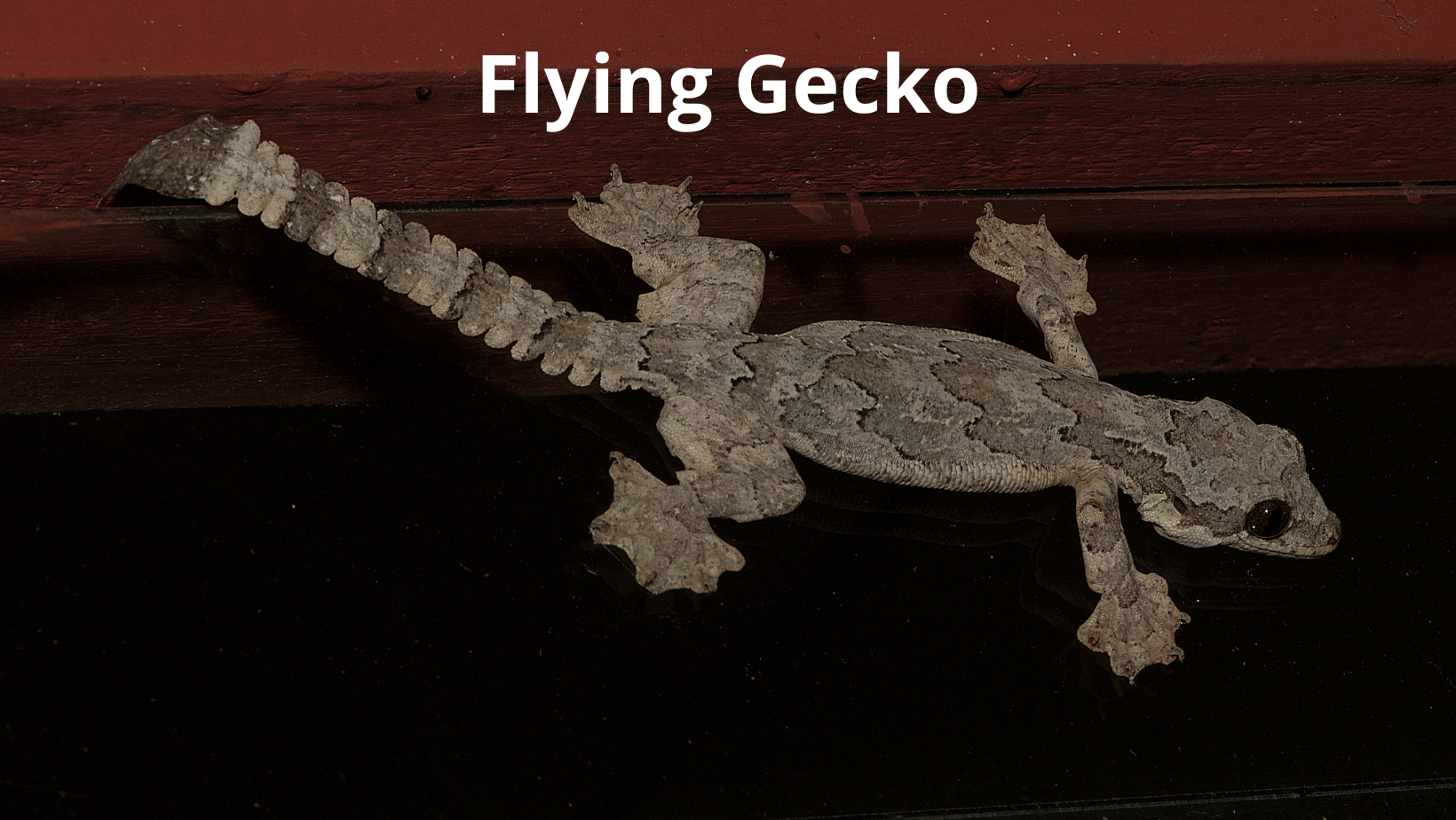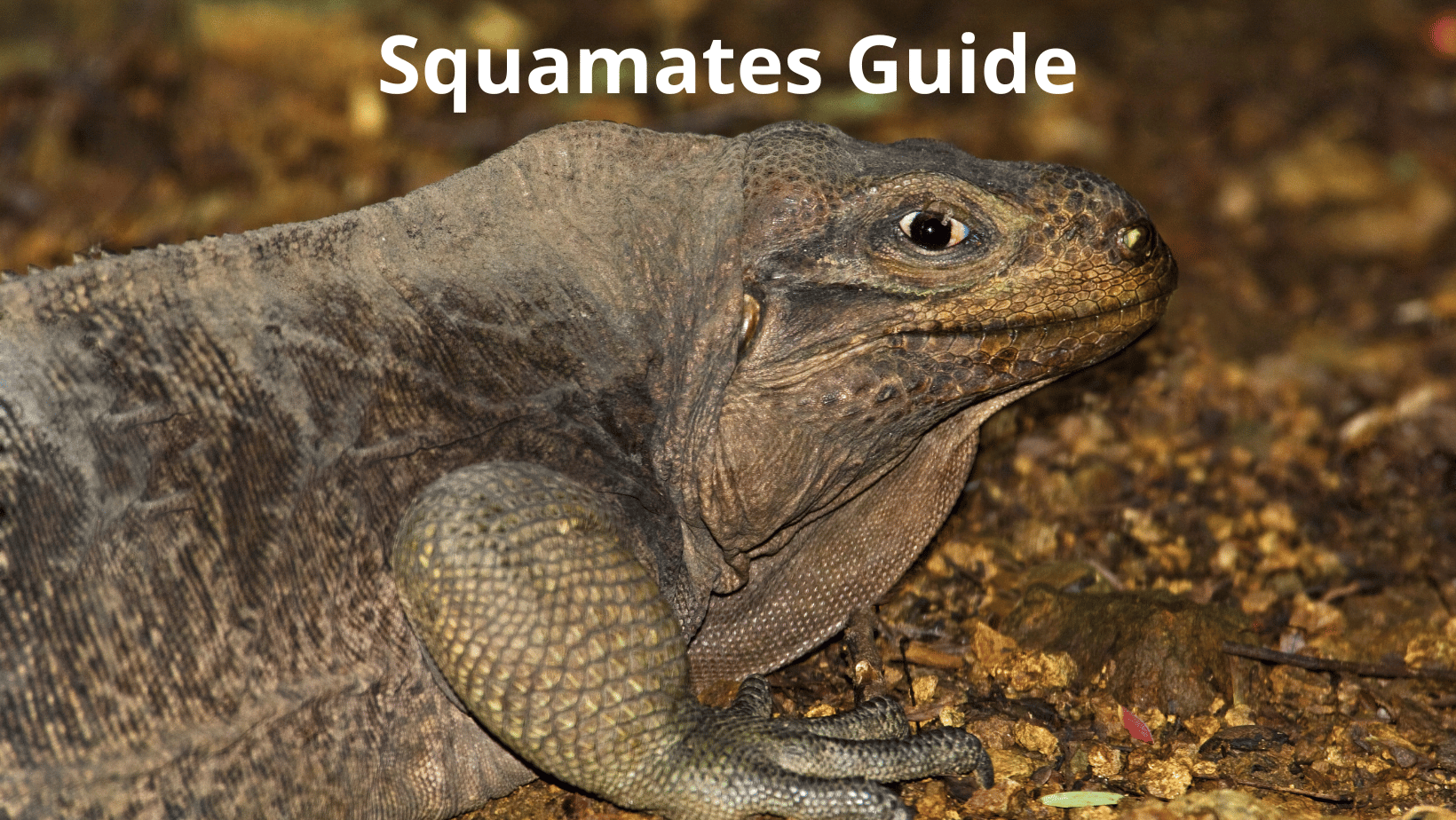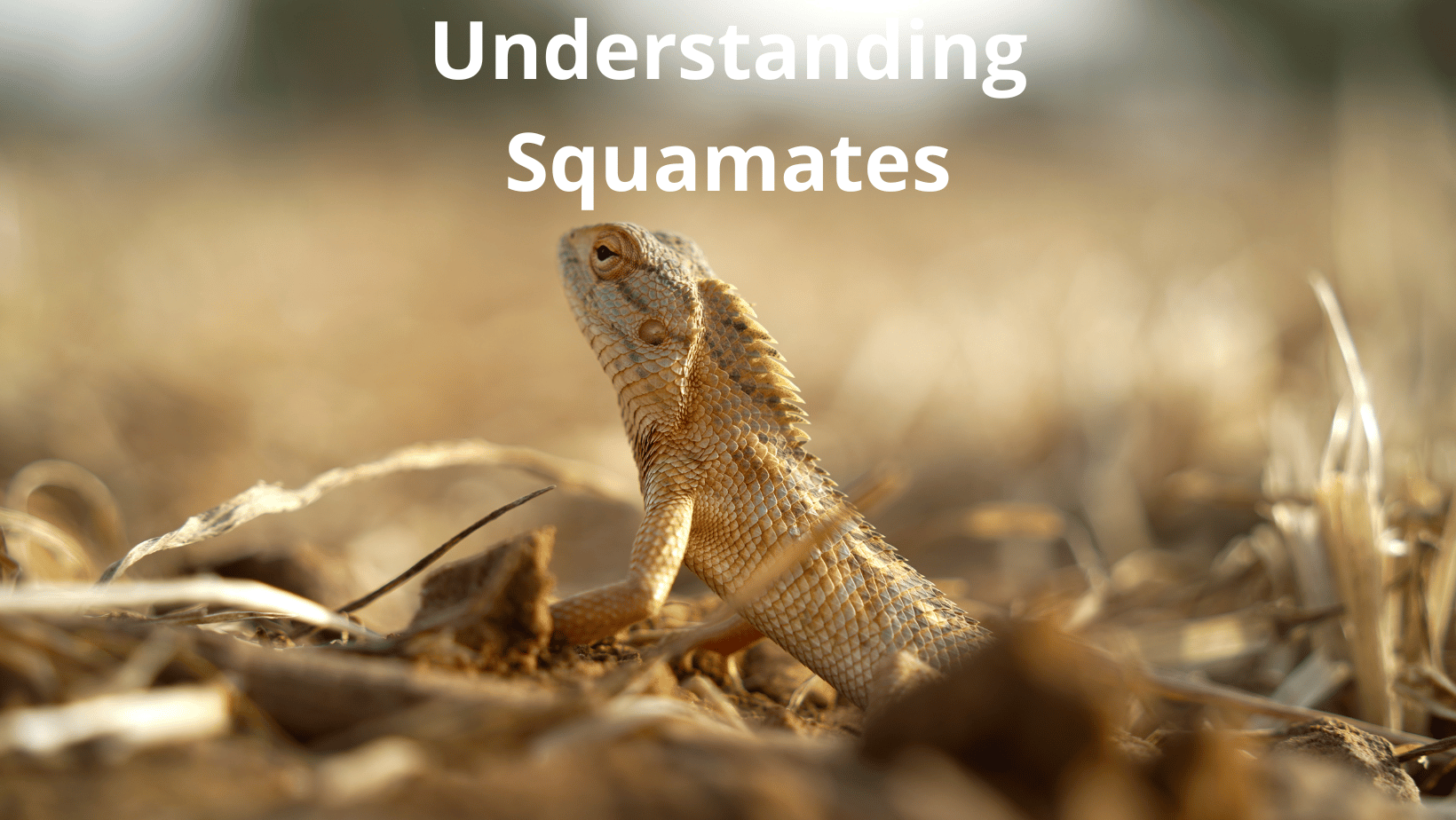Dive deep into the ancient world of reptiles, and one is bound to come across the term “Neodiapsida.”
But what is it, and why does it play such a vital role in understanding the intricate evolutionary journey of reptiles?
Neodiapsida is more than just a clade, or major branch, in the reptilian family tree. It encompasses a vast array of creatures, setting the foundation for the modern reptiles and birds we’re familiar with today.
From the primitive types, like araeoscelidians, to the subclade of Sauria that gave birth to present-day reptiles and birds, Neodiapsida forms the backbone of reptilian evolution.
This article will journey through time, retracing the footsteps of these incredible creatures, shedding light on their diverse forms, historical context, and the ongoing debates surrounding their classification.
Whether you’re a seasoned herpetologist or a curious novice, come with us as we explore the fascinating realm of Neodiapsida.
What is Neodiapsida – Easy Explanation?
Neodiapsida is a big group in the reptile family tree, leading to many reptiles and even birds we see today. Think of it as a branch that holds most of the cool reptiles from history to now!
Historical Context
When we journey back in time to the Early Permian period, around 290 million years ago, we encounter a world vastly different from our own.
It’s during this era that we find the earliest member of the Neodiapsida family: the Orovenator. This creature is a window into a pivotal time in reptilian evolution, marking the beginnings of a lineage that would branch out and diversify into an array of forms, leading up to the reptiles and birds we recognize today.
From this ancient era, Neodiapsids would evolve, adapt, and survive through countless environmental shifts, showcasing the resilience and adaptability inherent in their lineage.
With every fossil discovery from this period, we piece together a bit more of the puzzle, deepening our understanding of these foundational reptiles and their significant role in Earth’s evolutionary history.
Diversity Within Neodiapsida
The Neodiapsida clan is akin to a treasure trove of evolutionary wonders, each species painting a vibrant picture of adaptation and specialization. At its most basal levels, the non-saurian neodiapsids bore a striking resemblance to lizards. These ancestral forms, though seemingly simplistic, were the foundation upon which a pantheon of diverse creatures emerged.
Hovasaurus: Masters of the Water
The Hovasaurus offers a captivating look at early aquatic adaptability. Their bodies, perfectly sculpted for marine life, highlight nature’s genius in crafting creatures to excel in specific habitats.
Weigeltisauridae: Skyward Gliders
Ascending from the ground and reaching for the skies, the Weigeltisauridae epitomized nature’s early endeavors into aerial mobility. These lizard-like beings were equipped with adaptations that let them glide gracefully between trees, hinting at evolutionary steps toward true flight.
Drepanosaurs: The Chameleon Ancestors of the Triassic
Venture into the Triassic era, and you’d encounter the fascinating drepanosaurs. These reptiles, bearing resemblances to modern-day chameleons, came equipped with unique features like extended fingers and adaptive tails, making them agile climbers in their forest homes.
Across these varied species, the Neodiapsida lineage showcases the myriad ways reptiles evolved, adapted, and flourished in diverse terrains and ecosystems.
Unraveling the Classification Enigmas of Neodiapsida
Classification, while pivotal in understanding evolutionary relationships, often walks hand-in-hand with controversy.
Especially within the expansive world of Neodiapsida, pinpointing exact classifications has been akin to assembling a vast and intricate puzzle.
Various species and groups within this clade, due to their unique features and evolutionary paths, have sparked discussions, debates, and sometimes, delightful disagreements among paleontologists and biologists.
Let’s delve into some of these debated areas and uncover the stories and theories they hold.
The Mysterious Marine Groups of Mesozoic
One of the most debated areas within Neodiapsida’s classification centers around the marine reptile groups of the Mesozoic era. Thalattosauria, Ichthyosauromorpha, and Sauropterygia stand as prominent examples. While they undeniably belong to the vast Neodiapsida family, exactly where they fit remains an ongoing puzzle. Some theories even suggest that these marine wonders might align more closely with the Sauria subclade.
Laurin’s Defining Moments
In 1991, Laurin ventured into providing a clearer definition for Neodiapsida. He proposed a phylogenetic classification, grounding it in the relationship between the “Younginiformes” (later refined to Youngina capensis) and Petrolacosaurus. While this provided a framework, it also sparked debates and discussions on its broader applicability.
Turtles: The Shell-Shrouded Puzzle
The position of turtles within the diapsid reptiles is another area of intense debate and study. Genetic studies consistently affirm that turtles belong to the diapsid reptiles. However, where they precisely nestle within this classification has been a bone of contention. Some studies have positioned turtles within the archosauromorpha, others suggest they’re more akin to extant archosaurs, and a few even propose an alignment with lepidosauromorphs. The 2013 cladogram by M.S. Lee, blending both fossil and genetic data, further ignited discussions in this area.
Amid these debates and research endeavors, what remains clear is that the Neodiapsida family is a rich, complex tapestry. Its branches and sub-branches, while at times contentious, illuminate the intricate and fascinating journey of reptilian evolution.
Setting Boundaries: The Definition of Neodiapsida
In the vast landscape of paleontology, clear definitions are crucial. They allow scientists to group and understand species, drawing connections between different eras and tracing evolutionary lines. For Neodiapsida, this task of definition, while essential, hasn’t been without its challenges. Navigating through its intricacies, we find both clarity and areas awaiting further exploration.
Laurin’s Legacy: A Phylogenetic Definition
In 1991, Michel Laurin took on the formidable task of defining the Neodiapsida clade. His proposed definition was rooted in a phylogenetic approach, emphasizing the evolutionary relationships within this group. By focusing on the connection between the “Younginiformes” (refined later to Youngina capensis) and Petrolacosaurus, Laurin established a foundational framework. This definition, while pivotal, has also become a reference point for subsequent debates and discussions in the field.
The Reptile Family Tree: Cladogram Revelations
Understanding Neodiapsida requires more than just definitions; it calls for a visual representation of relationships. This was embodied in the 2013 cladogram by M.S. Lee, which offered a harmonized perspective based on both fossil and genetic data. By integrating these two strands of evidence, Lee’s cladogram provided insights into the reptilian “family tree,” illuminating the ties that bind various species and groups within the Neodiapsida fold.
Through these endeavors to define and visually represent Neodiapsida, we gain a deeper appreciation for the intricate tapestry of reptilian evolution. It reminds us that while definitions provide a foundation, the journey of understanding and exploration is ongoing.
Interweaving Genetics and Ancestry: The Neodiapsida Branch of the Reptile Family Tree
Peeling back the layers of time and tracing the genetic threads of reptilian species, we come face-to-face with the intricate relationships binding the members of the Neodiapsida family. These genetic connections, intertwined with fossil evidence, serve as the guideposts, allowing us to map out the complex genealogy of reptiles. In this section, we’ll dive deep into how genetics has informed and shaped our understanding of the Neodiapsida’s place in the reptilian family tree.
Scribing the Cladogram: A Mosaic of Fossils and Genes
M.S. Lee’s 2013 cladogram stands as a pioneering work that blended fossil and genetic data to weave the story of reptilian relationships. By merging these two distinct but complementary sources of information, the cladogram offered a comprehensive visual representation of how different species within Neodiapsida relate to one another. This groundbreaking approach helped refine our understanding of the evolutionary pathways and divergences that took place over millions of years.
Turtles: The Genetic Puzzle Piece
Perhaps no creature within Neodiapsida has intrigued geneticists as much as the turtle. While their unique shells and biology have always captured attention, it’s their genetic makeup that has become a focal point in recent studies. With research consistently placing turtles within the diapsid reptiles, the exact nature of their genetic relationships to other species has been hotly debated. Some studies favor their link to archosauromorphs, while others align them more closely with archosaurs or even lepidosauromorphs. This ongoing genetic investigation underscores the dynamic nature of classification and the pivotal role genetics plays in shaping our perspectives.
As we continue to unravel the genetic intricacies of Neodiapsida and its members, we’re reminded of the power and potential of modern science. Genetics not only offers answers to long-standing questions but also paves the way for new avenues of exploration and discovery.



